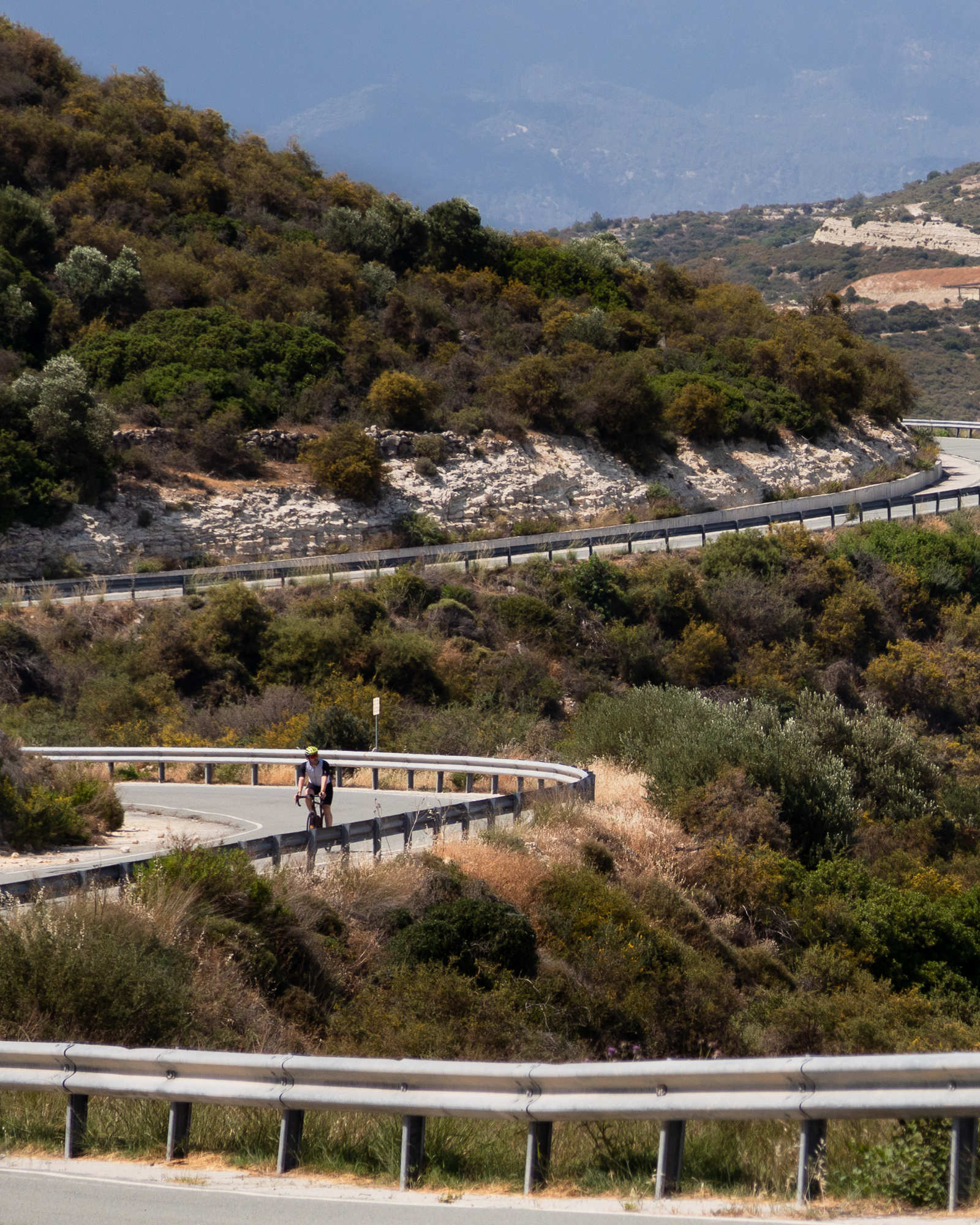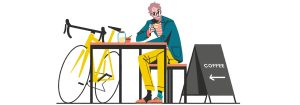Top tips for racing abroad
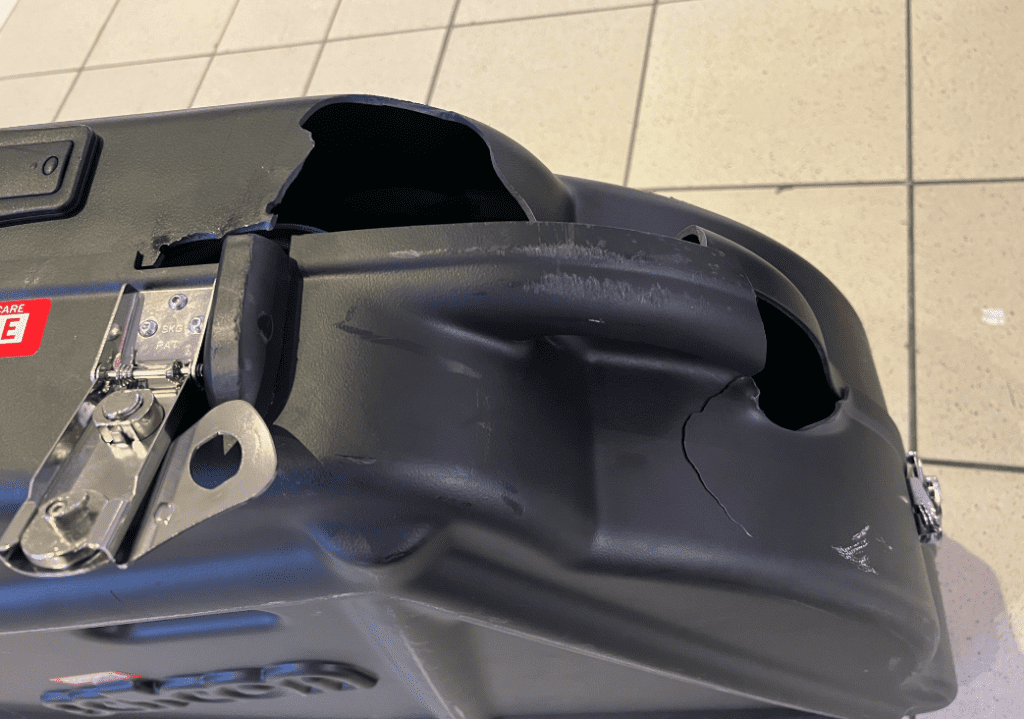
Riding your bike abroad is one of life’s joys. More challenging, varied terrain in (often) warmer climates, swimming in clearer waters and running with the sun on your back is deeply satisfying. So before you pack your kit up for a week away of racing, check out some tips we have learnt along the way to make your trip go as smoothly as possible.
Lets start with an one of the most important things: The bike. After all, the whole purpose of your trip is going to revolve around cycling, so it makes sense to start with the fun stuff. Dependent upon how many airline induced broken bike horror stories you have had the misfortune of hearing, will define you into one of three categories. Blissful nonchalance, a wilfully positive pessimist, or, for the unfortunate few, a state of anxiety served up on a bed of panic.
From experience, there certainly is a positive correlation between how well your bike is packed and how likely it is to get damaged. In simple terms following these steps will keep the bike grim reaper at bay:
-Use a hard bike box
-Stick your contact information on the box in case it goes missing
-Use Apple air tags
-Check your bike for damage on arrival at the airport
–Insure your bike
-Read our ultimate guide on travelling with bikes
With so many different sizing standards across bikes, the chances are that a small family owned bike shop abroad my struggle to stock some of the parts that are likely to break if you have an accident whilst riding. Sure, tyres are easy enough to find, as are chains. But there are items that are much harder to source such as replaceable rear derailleur hangers, chain quick links, electronic gear chargers, spare pedals and cleats etc. Whilst we’re here, its also worth mentioning that you should take enough tools to carry out basic maintenance-a hex/torx set, pliers, chain tool, pedal spanner, tyre leavers and track pump to name just a few.
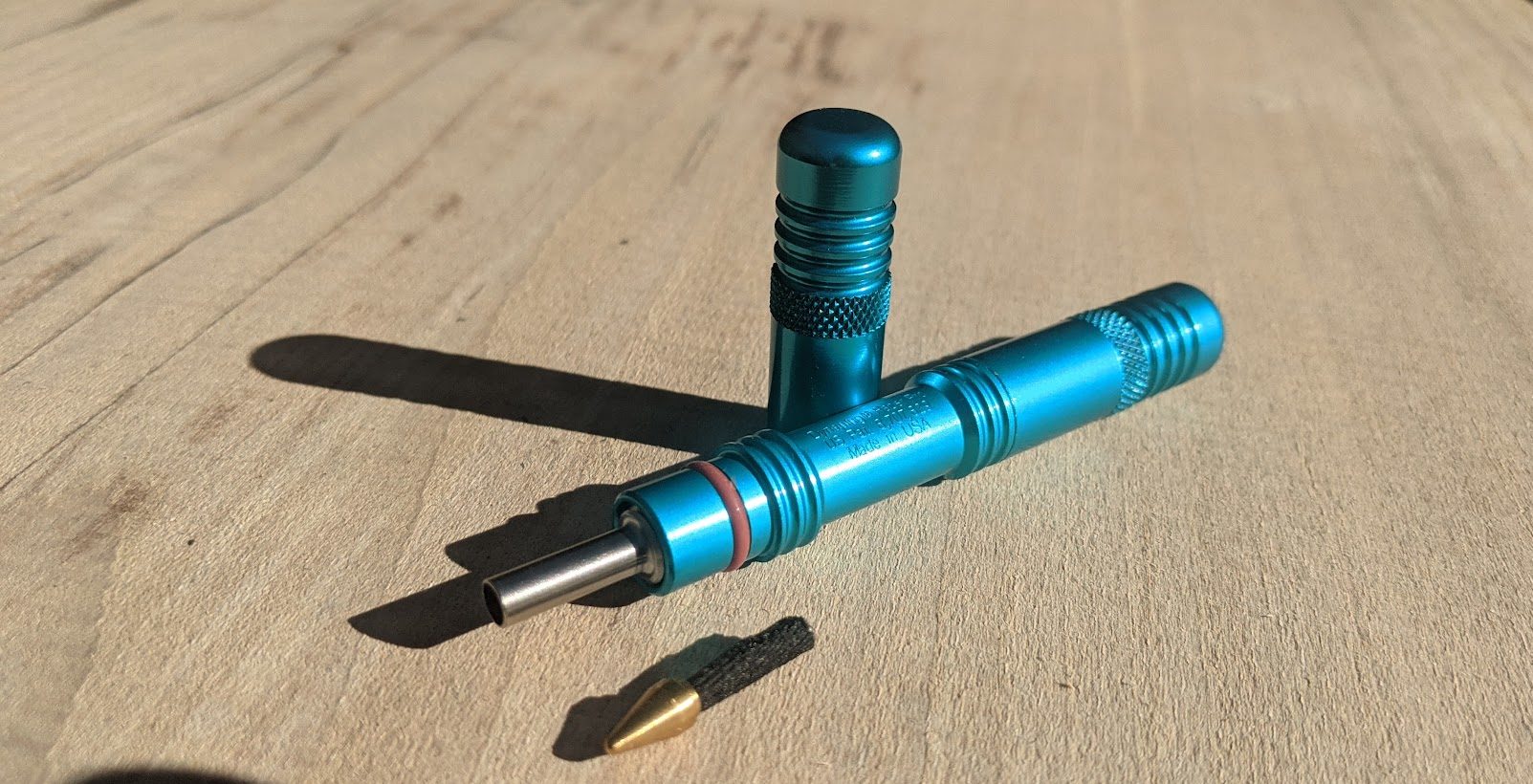
Our advice: don’t assume your travel insurance covers cycling. The last thing you want is to end up with is a €10,000+ medical bill because your policy didn’t cover racing the beautiful Château de Chantilly Triathlon in France.
Before you set off, double check your insurance documents. If it isn’t clear in the policy wording, give your insurer a call and ask these questions:
-Am I covered when cycling or a triathlon event is the primary purpose of my trip?
-Does the insurer differentiate types of cycling and is my chosen style covered?
-Do I have to buy an ‘add on’ for triathlon or racing in addition to the policy I already have?
-If racing, are there maximum distances or durations?
For more information on triathlon specific travel insurance, check out Yellow Jersey’s travel insurance page
You can also read more on Cycle travel insurance here
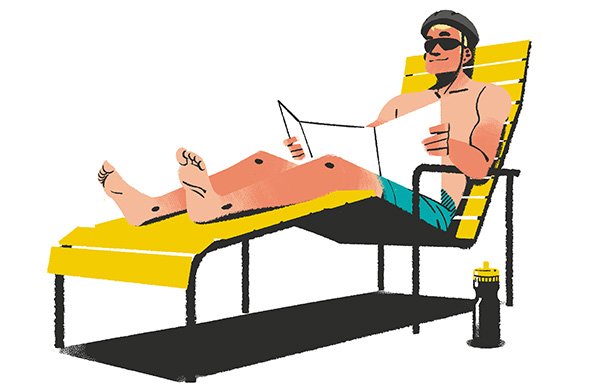
Travelling abroad isn’t easy on the body. Early mornings, lugging cases through airports, standing around and of course the flight itself are all enough to make a fit, well trained athlete feel about as useful as an e biker with no battery assistance. Keeping hydrated and well fed during the flight should help this. It is well reported that on medium to long haul flights, the food served us usually quite salty and is best avoided if possible!
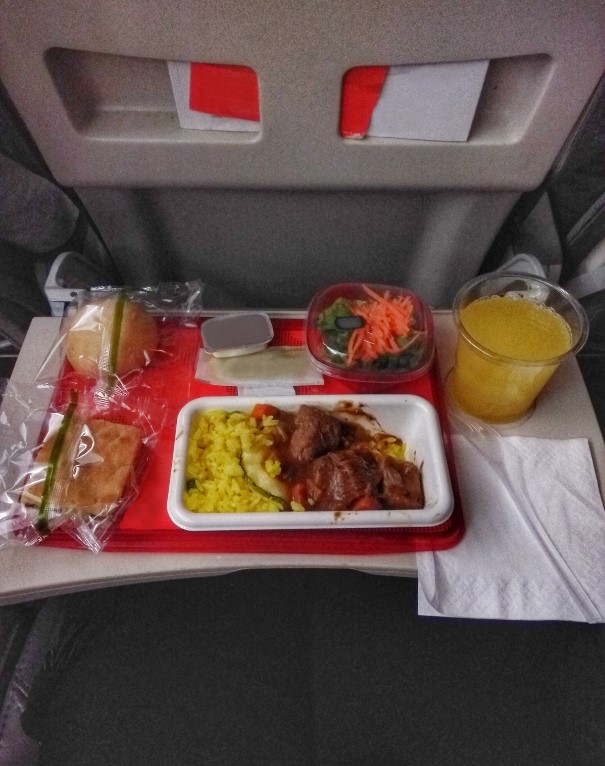
If travelling alone or to a new area, it’s a good idea to plan some of your rides before you leave the UK. Komoot is a brilliant app that allows users to view recommendations from other cyclists, including highlights and points of interest. This social aspect helps discover scenic routes, must-see spots, and local tips that you’d not now about otherwise. Additionally, it’ll help you avoid riding on busy, potentially dangerous sections of road.
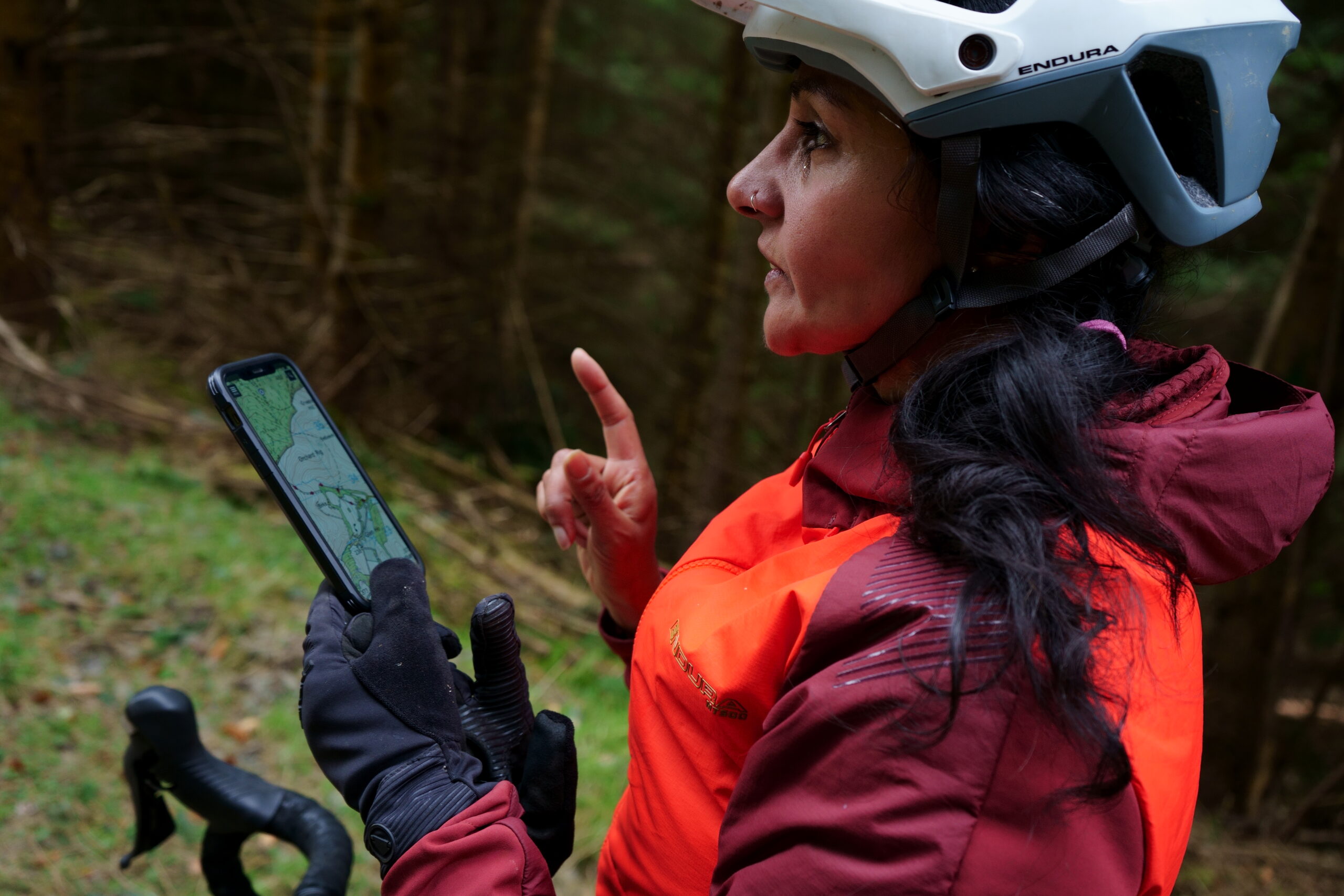 Image credit: Markus Stitz
Image credit: Markus Stitz
Taking 10-15 minutes looking at area and place names on a map will help you find your bearings. Technology is brilliant when it’s charged and working however if your systems fail, you need a backup plan. If your accommodation has information cards, take one with you in your saddle bag. This will help local taxi firms get you home in an emergency when you’re struggling to remember the name of your hotel whilst speaking English in your best foreign accent (try not to do this: it doesn’t help…)
